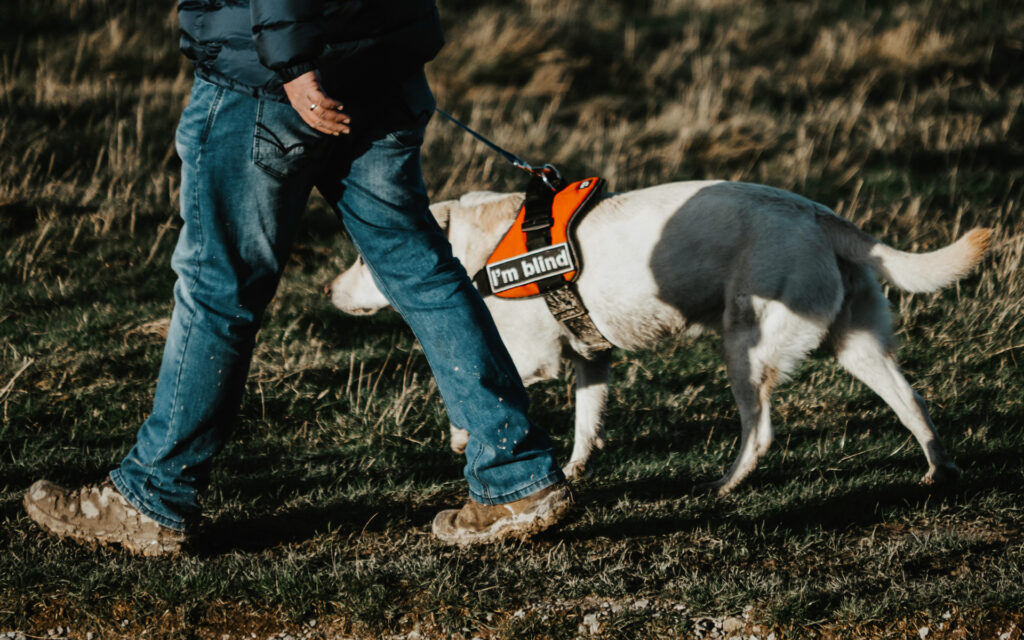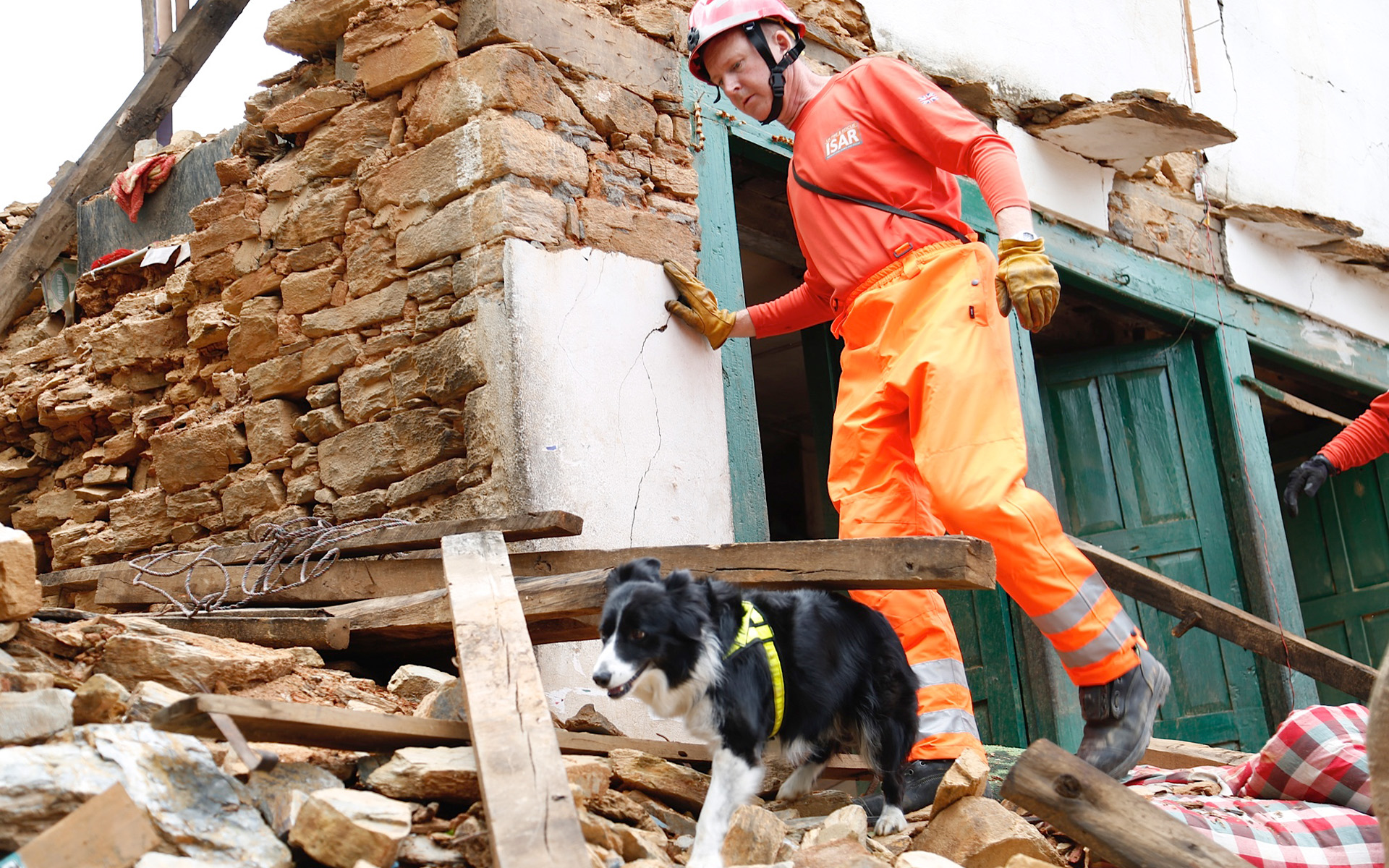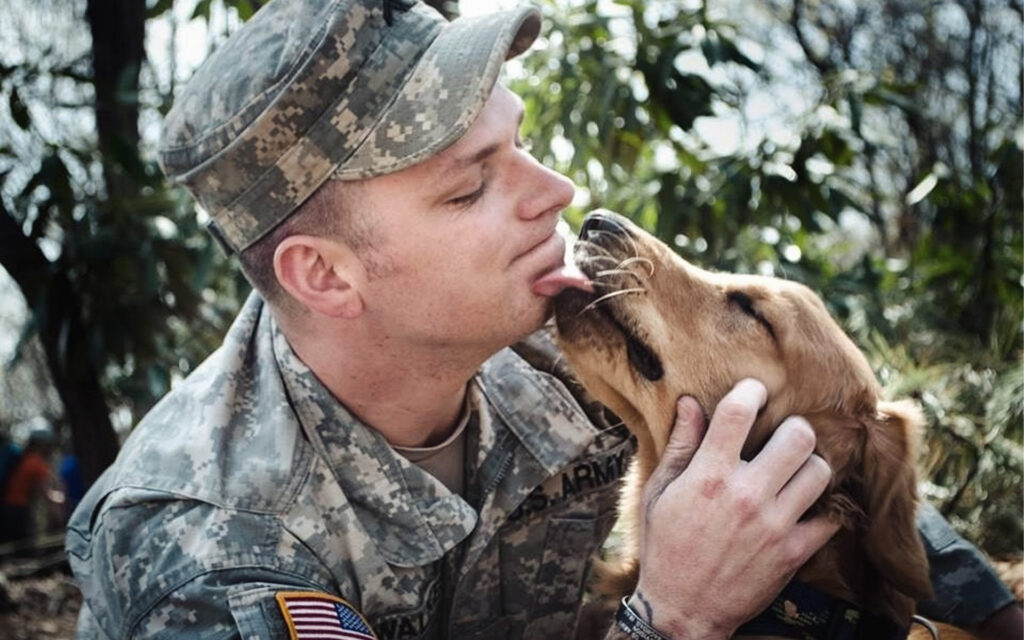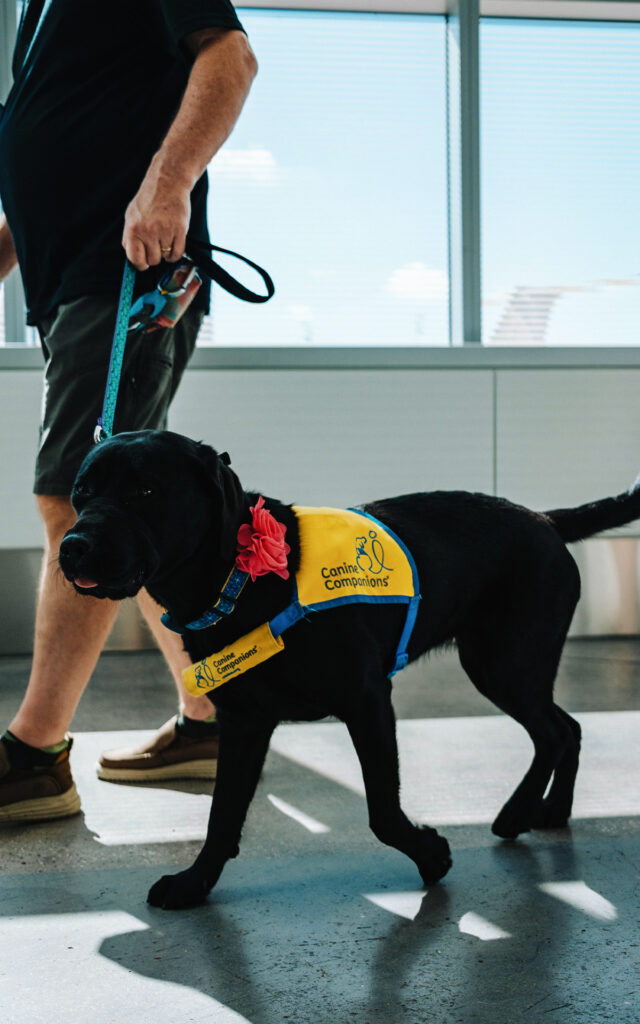“Man’s best friend” is a phrase that resonates strongly when we think of dogs. It refers to the ancient and close relationship between humans and canines. Dogs hold a special place in our lives thanks to their loyalty, faithfulness, and unconditional companionship. These qualities have made them ideal companions to perform roles of service and support to people in need.
It is necessary to distinguish between two types of roles that these animals can adopt: service animals and assistance animals.
Service Animals
Service animals are dogs of any breed and size trained to perform specific tasks to assist people with various disabilities. For example, guide dogs serve as the eyes for those with visual impairments, safely guiding them with autonomy. There are also signal dogs that accompany and alert people with hearing difficulties. They train others to detect and respond to seizures, calm anxiety attacks, or provide stability and physical support for individuals with mobility issues. Ultimately, these animals collaborate and significantly enhance the quality of life for their owners.

According to the Americans with Disabilities Act (ADA), these dogs are individually trained to perform tasks needed by people with disabilities. ADA only recognizes trained dogs and, in some cases, miniature horses as service animals.
Entities must allow service dogs to accompany people with disabilities in areas where the public is allowed to go.
ADA Law
They can enter stores, restaurants, schools, hotels, and hospitals. These dogs must wear a vest or other identification indicating that they are a service animal. Regarding the access of these animals to air transportation, another law (not ADA) applies, called the Air Carrier Access Act. This law protects the rights of people with disabilities in air travel by allowing them to board with their service animal.
Rescue dogs
Among service animals are rescue animals that are responsible for saving victims of disasters. For example, if people become trapped in rubble and using machinery or heavy equipment becomes very dangerous, dogs, with their acute sense of smell, become the best option to find them.

They also undergo training to detect dangerous substances such as gases or explosives. Training can last up to two years regardless of the weather, terrain, or temperature.
There are search and rescue dogs for rubble, as well as for aquatic rescues that search for lost individuals in the water. There are also those trained for snow or avalanche areas. Lastly, there are firefighting dogs that rescue those trapped in fires.
Emotional Support Animals

On the other hand, there are the so-called “emotional support animals” that provide companionship, emotional comfort, alleviate anxiety, and promote a sense of calm for their owners. They are not qualified as service animals under the ADA law since they have not undergone specialized training. They assist people with issues such as depression, anxiety, post-traumatic stress disorder, or significant emotional difficulties. According to experts, being in the company of animals releases hormones like oxytocin and endorphins associated with happiness and stress relief, significantly improving a person’s quality of life.
Dogs are the most common and recognized as service and emotional support animals due to their sociable nature. However, there are other types of animals that can also fulfill these roles. Almost any domestic animal can serve this function, including cats, rabbits, mice, birds, rats, ferrets, and even reptiles such as geckos and turtles. These animals provide emotional support or relief from symptoms of a diagnosis.
Some public places may not permit these animals in common areas.
ADA Law and EU regulations
As mentioned earlier, service animals are protected by laws such as the ADA, and their rights are well established, guaranteeing their access to public and private places. Emotional support animals, on the other hand, do not have the same fortune, and their rights vary depending on the jurisdiction and policies of different organizations.
For example, in Spain, individuals must consult the regulations of the autonomous communities to determine their rights regarding assistance dogs, how to certify that a dog is an assistance dog, and which dogs are officially considered assistance dogs, as there is no national law regarding this matter.
In the European Union, there are regulations that facilitate traveling with assistance animals among the 27 EU countries, as well as Norway and Northern Ireland. These regulations also cover travel to the EU from a country or territory outside it.

Among the requirements that must be met for traveling, we can highlight the following: Carrying an implanted transponder or a clearly legible tattoo.Being vaccinated against rabies.Receiving treatment against the parasite Echinococcus multilocularis. Having a valid European pet passport or a EU health certificate.
When we talk about a passport, we refer to the document containing the animal’s data such as the transponder or tattoo code, vaccination records, and the information of both the owner and the authorized veterinarian who issued the passport. Its validity depends on the animal’s rabies vaccination schedule.
The EU zoosanitary certificate is another type of document that includes specific information about the pet (identity, health status, and rabies vaccinations).
An official veterinarian from the country of origin must issue this certificate no more than 10 days before the animal’s arrival in the EU. It is valid for traveling between EU countries for 4 months from that date or until the rabies vaccination expires.
Animal rights
The Universal Declaration of Animal Rights was proclaimed in 1978, endorsed by entities such as UNESCO and the UN. It consists of 14 articles aimed at protecting and respecting the lives of all animals. In addition to recognizing the fundamental rights of animals, the declaration also advocates for early education that promotes observation, respect, understanding, and love towards them.
When reflecting on the role of animals in society, it is crucial to recognize the invaluable contribution of service animals and assistance animals. The former, with their specialized training, perform specific tasks that help overcome barriers imposed by physical or sensory disabilities. The latter are fundamental for the emotional well-being of their owners. Both are essential pillars in the lives of the people they assist, significantly improving their quality of life.





